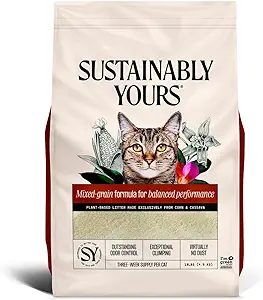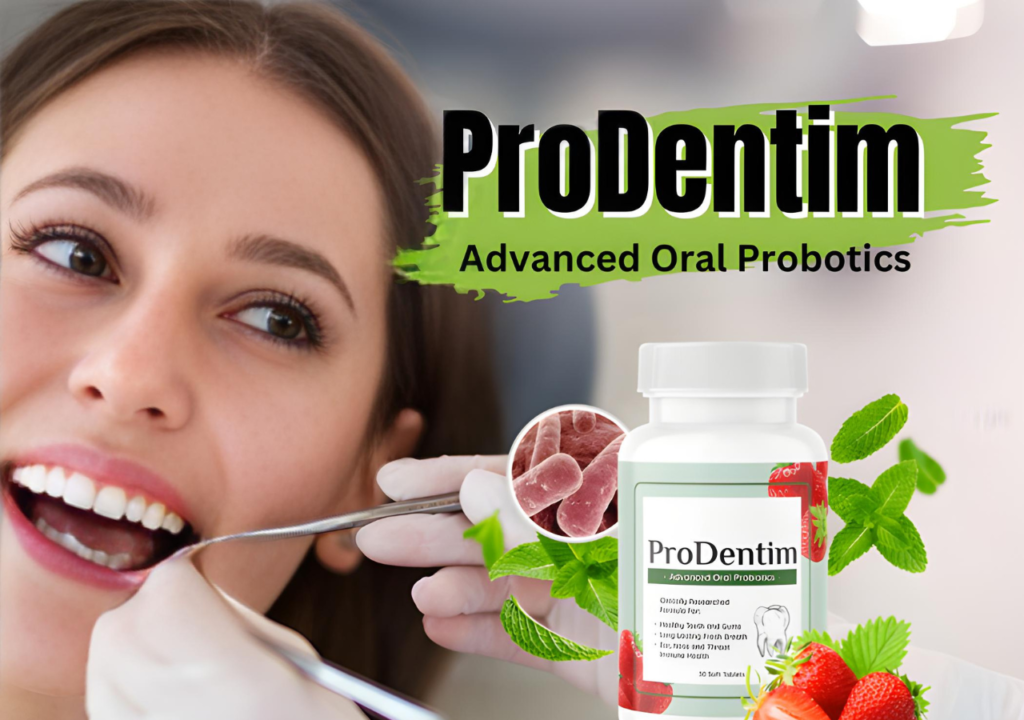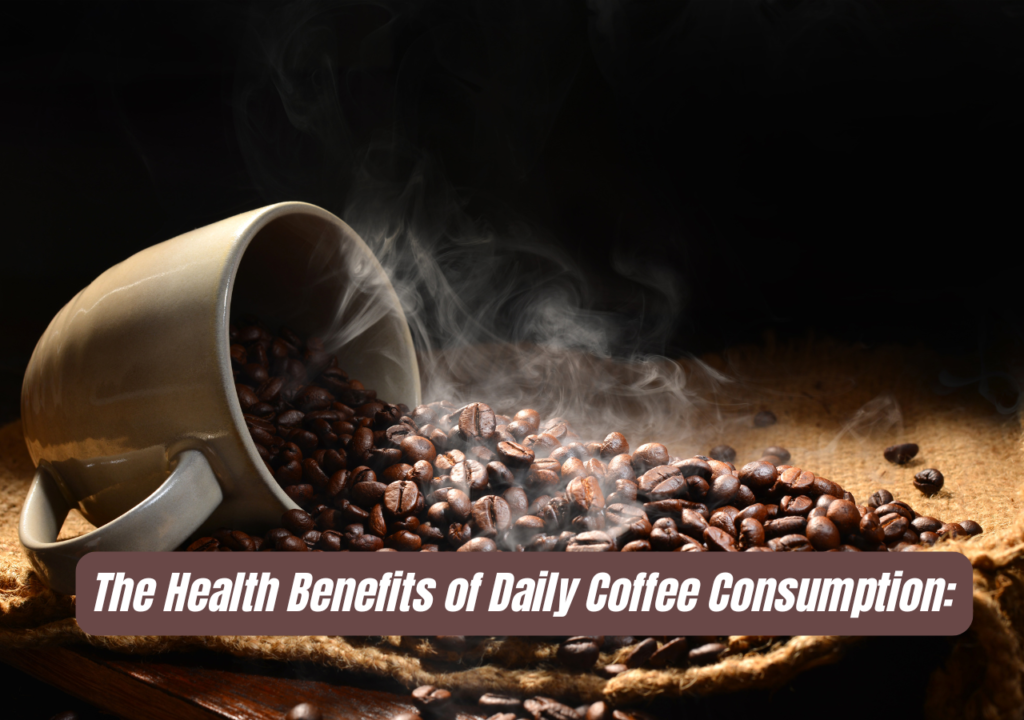Nurturing Feline Wellness: A Comprehensive Guide to Cat Health and Nutrition
Introduction
Nurturing Feline Wellness
Cats(Nutrition (Nurturing Feline Wellness are beloved companions known for their independence, playful behavior, and affectionate nature. To ensure a long, healthy, and happy life for your feline friend, understanding the critical aspects of cat health and nutrition is essential. This guide delves into common health issues in cats, the importance of proper nutrition, and tips for choosing the best cat food.

Understanding Cat Health: Common Issues and Prevention
Obesity: The Silent Threat
Obesity is a prevalent issue among domestic cats, often resulting from overfeeding and a sedentary lifestyle. Overweight cats are at higher risk for various health problems, including diabetes, arthritis, and heart disease. To prevent obesity, it is crucial to monitor your cat’s weight and ensure they receive a balanced diet and regular exercise.
Dental Disease: More Than Just Bad Breath
Dental disease affects a significant number of cats, especially as they age. Plaque and tartar buildup can lead to gingivitis, periodontal disease, and tooth loss. Regular dental check-ups, along with brushing your cat’s teeth and providing dental treats, can help maintain good oral health.
Kidney Disease: A Common Ailment in Older Cats
Chronic kidney disease (CKD) is a common condition in senior cats. Symptoms include increased thirst, frequent urination, weight loss, and lethargy. While CKD is irreversible, early detection and a special diet can manage the condition and improve the cat’s quality of life.
Urinary Tract Issues: Prevention and Management
Urinary tract problems, such as urinary tract infections (UTIs) and urinary stones, are common in cats. These conditions can be painful and lead to more severe complications if not treated promptly. Ensuring your cat stays hydrated and providing a diet formulated to support urinary health can help prevent these issues.
Allergies: Identifying and Addressing Triggers
Cats can develop allergies to certain foods, environmental factors, or even flea bites. Symptoms may include itching, skin rashes, vomiting, and diarrhea. Identifying the allergen and working with your veterinarian to manage your cat’s allergies is essential for their well-being.

The Role of Nutrition in Cat Health
The Basics of Feline Nutrition
Cats are obligate carnivores, meaning their diet must primarily consist of meat. They require specific nutrients that are only found in animal tissues. Here are the key components of a cat’s diet:
- Protein: Essential for growth, maintenance, and overall health. High-quality animal-based proteins, such as chicken, beef, and fish, are ideal.
- Fats: Provide energy and support skin and coat health. Look for foods with healthy fats like omega-3 and omega-6 fatty acids.
- Vitamins and Minerals: Crucial for various bodily functions. Ensure your cat’s food contains taurine, an essential amino acid, as well as vitamins A, D, and E.
- Water: Vital for hydration and overall health. Cats often don’t drink enough water, so incorporating wet food can help meet their hydration needs.
Wet vs. Dry Food: Pros and Cons
Choosing between wet and dry cat food depends on your cat’s preferences and health needs.
- Wet Food: Contains higher moisture content, which can help prevent urinary tract issues and promote hydration. It is also more palatable for picky eaters.
- Dry Food: Convenient and cost-effective. It can help maintain dental health by reducing plaque buildup. However, it has lower moisture content, so ensure your cat drinks enough water.
Understanding Cat Food Labels
Reading cat food labels can be confusing, but it’s essential to ensure you’re providing the best nutrition for your cat. Here are some key points to look for:
- Ingredients List: High-quality cat food should list a source of animal protein as the first ingredient. Avoid foods with excessive fillers like corn, wheat, and soy.
- Guaranteed Analysis: This section provides information on the nutrient content, including crude protein, fat, fiber, and moisture levels.
- AAFCO Statement: The Association of American Feed Control Officials (AAFCO) statement indicates that the food meets the minimum nutritional requirements for cats.
Life Stage Nutrition: Tailoring Diet to Your Cat’s Age
Kitten Nutrition: Fueling Growth and Development
Kittens require a diet rich in protein, fat, and calories to support their rapid growth and development. Look for kitten-specific formulas that provide essential nutrients for their developing bodies and immune systems.

Adult Cat Nutrition: Maintaining Health and Vitality
Adult cats need a balanced diet to maintain their health and energy levels. Ensure their food contains high-quality protein, healthy fats, and essential vitamins and minerals. Portion control is also crucial to prevent obesity.
Senior Cat Nutrition: Supporting Aging Bodies
Senior cats have different nutritional needs, as their metabolism slows down, and they may become less active. Look for senior-specific formulas that are lower in calories but higher in fiber to support digestion. Foods with joint support ingredients like glucosamine and chondroitin can also be beneficial.
Specialized Diets for Specific Health Conditions
Weight Management Diets
If your cat is overweight, consider switching to a weight management formula. These foods are lower in calories and fat but still provide essential nutrients. Monitor your cat’s weight and consult with your veterinarian to ensure they are losing weight safely.
Urinary Health Diets
For cats prone to urinary tract issues, choose a diet that promotes urinary health. These foods typically have controlled mineral levels to reduce the risk of urinary stone formation and encourage hydration.
Digestive Health Diets
Cats with sensitive stomachs or digestive issues may benefit from a diet formulated for digestive health. These foods often contain easily digestible ingredients and added fiber to support gut health.
Allergies and Intolerances
If your cat has food allergies or intolerances, you may need to switch to a hypoallergenic or limited ingredient diet. These foods are designed to minimize the risk of allergic reactions by using novel protein sources and excluding common allergens.

Tips for Feeding Your Cat
Portion Control: Avoiding Overfeeding
Proper portion control is essential to prevent obesity and ensure your cat receives the right amount of nutrients. Follow the feeding guidelines on the cat food packaging and adjust based on your cat’s activity level and weight.
Regular Meal Times: Promoting Consistency
Establishing regular meal times helps regulate your cat’s digestion and prevents overeating. Most cats thrive on two meals a day, but some may prefer smaller, more frequent meals.
Hydration: Encouraging Water Intake
Ensure your cat always has access to fresh water. Consider using a cat water fountain, as many cats prefer running water. Incorporating wet food into their diet can also help increase their water intake.
Cat Litter, Mixed-Grain Formula 10 lbs
- OUTSTANDING ODOR CONTROL: Our proprietary formula instantly traps urine odor and prevents its build-up. And we never use fragrance, so there are no artificial scents that can irritate both cats and people.
- EXCEPTIONAL CLUMPING: Because our litter is made exclusively from corn and cassava, it’s naturally rich in starches. This results in dry, fast-forming, and firm clumps that you can trust to stay together while scooping and cleaning your litter box.
- VIRTUALLY NO DUST: Our proprietary machinery removes dust at key points in the production process, resulting in a litter that protects cats from possible respiratory issues—and your home from a dusty mess.

Monitoring Your Cat’s Health
Regularly check your cat’s weight, coat condition, and overall behavior. Any sudden changes could indicate a health issue or dietary imbalance. Schedule regular veterinary check-ups to catch potential problems early and ensure your cat’s diet meets their needs.
The Importance of Regular Dental Check-ups: Preventing Major Oral Health Issues
Caring for the health of teeth is very crucial to one’s health of the body….
Is Social Media Bad for Mental Health?
Is Social Media Bad for Mental Health? Exploring the Impact on Well-Being Social media has…
Probiotics Specially Designed for the Health of Your Teeth and Gums
Brand New Probiotics Specially Designed For TheHealth Of Your Teeth And Gums Try ProDentim: a unique…
The Health Benefits of Daily Coffee Consumption: Boost Your Focus, Mood, and More
Introduction: Coffee can be described as one of the most popular beverages in the globe,…
Top 5 Amazon Coffee Makers for Perfect Brews: Discover Your Ideal Coffee Machine
offee occupies an important place in many people’s lives, it is not only drink which…
Top 5 Best Coffee Shops in New York for a Perfect Coffee Date
When it comes to choosing the perfect coffee shop for a romantic coffee date in…
Homemade Cat Food: Pros and Cons
Benefits of Homemade Cat Food
Preparing homemade cat food allows you to control the quality and source of ingredients. It can be a good option for cats with specific dietary needs or allergies.
Challenges of Homemade Cat Food
Creating a balanced homemade diet can be challenging and time-consuming. Cats require specific nutrients that may be difficult to provide in the right amounts. It’s essential to work with a veterinarian or a pet nutritionist to ensure your homemade cat food meets all nutritional requirements
Conclusion
Caring for your cat’s health and nutrition is a lifelong commitment that involves understanding their unique dietary needs and potential health issues. By providing a balanced diet, monitoring their health, and working closely with your veterinarian, you can ensure your feline friend enjoys a long, healthy, and happy life. Remember, the right nutrition is the foundation of good health, and a well-fed cat is a content and thriving companion.












